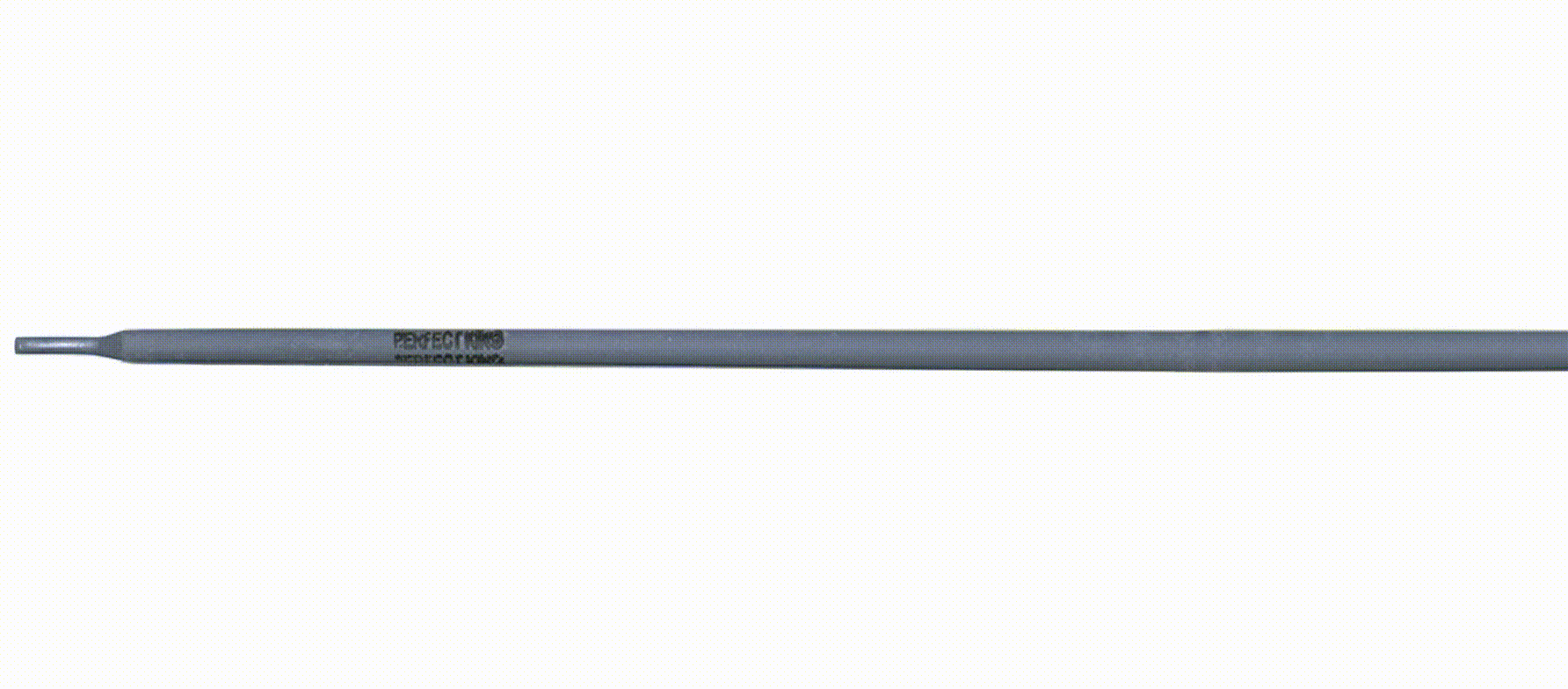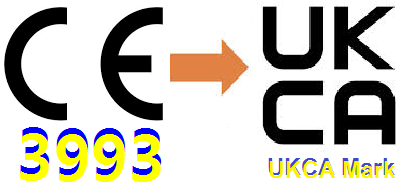The standard subdivides non-destructive testing executives on three levels and defines the skills that can be summarized as follows:
Level I: Execution of control
A Level I certified person has demonstrated competence to perform non-destructive testing in accordance with written instructions under the supervision of certified staff at Level II or Level III.
With the purpose and skills defined in the certificate, Level 1 staff may be authorized by the employer to carry out the following operations in accordance with the PND instructions:
- set the NDT (Non Destructive Testing) equipment;
- test;
- result and classify test results in accordance with NDT instruction criteria;
- refer the result;
Level II: Interpretation of results and assessment of compliance with specifications, also Level II gives I level instruction statements that can only work with Level II statements.
A certified person Level II has demonstrated competence to perform non-destructive testing in accordance with a NDT procedure. With the purpose and skills defined in the certificate, Level II staff may be authorized by the employer to:
- select the NDT technique for the method used;
- define limitations in the application of the NDT method;
- translate NDT codes, standards, specifications and procedures in NDT instructions appropriate to the actual test conditions;
- set up and verify the CND tool settings;
- perform and monitor the NDT test;
- interpret and evaluate results in accordance with standards, codes, specifications, or procedures applied;
- implement and supervise all Level II or Level I activities;
- provide guidance to Level II or Level I staff; refer the result;
Level III: organization of the system of non-destructive checks, drafting of specifications and personnel training.
The subdivision in the three tiers applies to any method of non-destructive testing.
The UNI EN ISO 9712 standard also defines the procedures for certification in the three levels. Direct Access to Level II requires the sum of the hours scheduled for Level I and Level II
Table – minimum hours of training for Level I and Level II
| NDT Method | Level I | Level II |
| AT | 40 | 64 |
| ET | 40 | 48 |
| LT – B Pressure method | 24 | 32 |
| LT . C Tracer gas method | 24 | 40 |
| MT | 16 | 24 |
| PT | 16 | 24 |
| ST | 16 | 24 |
| TT | 40 | 80 |
| RT | 40 | 80 |
| UT | 40 | 80 |
| VT | 16 | 24 |
*Note for RT, training hours do not include radiation safety training
Table– Industrial experience
| NDT Method | Experience in Month | |
| Level I | level II | |
| AT, ET, LT, RT, UT, TT | 3 | 9 |
| MT, PT, ST, VT | 1 | 3 |
Non-destructive testing of surface and volumetric properties applicable to welds is defined by UNI EN ISO 17635.

Non destructive tests - Qualification and certification of non-destructive testing personnel
In the field of industrial diagnostics, "superficial" non-destructive analysis methods take great interest in evaluating the structural integrity of particularly critical components and components in order to ensure their operational functionality, continuity of use and the degree of safety required for man and the environment. In the United States at the beginning of the 1970s, the American Society for Non Destructive Testing (ASNT) issued the first legislation on SNT-TC-1A for the qualification of non-destructive inspection personnel.
Subsequently, other countries have also issued national regulations that are substantially similar to American ones. In 1993, the European Standardization Committee (CEN) issued the European Standard EN 473 / ISO 9712, edited in Italy under UNI EN 473 / ISO 9712 "qualification and certification of non-destructive testing personnel. only the UNI EN ISO 9712: 2012 standard was issued.
In particular, both the DM 14/01/2008 (NTC) and the UNI EN ISO 1090 standard require the execution of the above checks to verify the integrity of the structure and / or the result of special processes such as welding, in particular reference to NTCs is mandatory 100% control of all VT-welded joints.Read Mor....

Types of welding consumables
Stick Electrode
Stick welding, a skill-intensive process, involves the use of stick electrodes or welding rods. These electrodes come in various types, such as E6010, E6011, E6013, E7014, E7024, and E7018, each with specific applications.
Significance: Stick electrodes provide a strong bond and require expertise in selection and application.
Fluxes:
Flux, often used in conjunction with filler metals, creates a shield of gas around the weld pool, preventing oxidation. It acts as a deoxidizer, crucial for maintaining the integrity of the weld pool.
Significance: Flux is instrumental in shielding the molten weld pool from atmospheric impurities and preventing the formation of porosity.
Solid wires:
Solid wires, providing deep penetration, are commonly used in welding processes. They contribute to minimal spatter and are suitable for various applications.
Significance: Solid wires offer versatility and are known for their stability and efficiency in creating welds with excellent penetration.
SAW wires:
Submerged Arc Welding (SAW) wires, used in combination with flux, result in high productivity. The interaction between the wire and flux significantly influences the welding outcome.
Significance: SAW wires maintain mechanical properties even after extended post-weld heat treatment, contributing to the overall quality of the weld.
Flux-Cored wires:
Flux-cored wires come in two types—gas-shielded and self-shielded. Gas-shielded wires require external shielding gas, while self-shielded wires generate gas when burned, eliminating the need for an external gas tank.
Significance: Flux-cored wires offer portability, high deposition rates, and are suitable for various welding applications.
Others
Additional consumables, including gases, play crucial roles in specific welding processes. Understanding their applications and interactions is essential for successful welding outcomes.
Significance: These consumables contribute to the overall efficiency, cleanliness, and quality of the welding process.
Pressure Equipment Directive (97/23/EC) is applicable to all those equipment which have an internal design pressure more than 1.5 bar. Design pressure is generally greater than maximum operating pressure.
Steps to get CE Certification
The process to get PED CE marking certification for pressure equipment includes following steps:
Identify harmonised standard for your product
Do the design calculation as per applicable EN standard
Qualify your welders and WPS as per applicable EN standard – for e.g. EN 287-1 from a Notified Body under PED
Raw material test certificates as per EN 10204
NDT inspector should be qualified as per ISO 9712
Apply for Audit from Notified Body
CE in Electronics/Electrical
Generally all three directives are applicable together especially in case of involvement of electronic components in the product.
It is mandatory to test your product according to applicable harmonised standards. While testing against EMC and RoHS directive is generally done against generic standards, the LVD directive however, generally requires testing as per product specific standards.
It is a good idea to get your product tested from a ISO 17025 accredited lab as Notified Body and importers in general are not really convinced by a simple DoC and really need more proof of compliance.
Put a WEEE logo on the product and make sure that your importer/distributor in Europe is registered with a producer compliance scheme.
Make sure that you declare the weight of your Electrical and Electronic product free from packaging and keep records of how much have you sent to which country. Make sure that the product is packed in compliance with the Packaging Directive (94/62/EC).
CE Mark for Medical Device
Medical Device Directive is one of the most complex directive and one which involves strict vigilance by the European Authorities. Steps to get CE mark for medical device of Class 1s, IIa, IIb and III are as follows:
Implement a quality management system ISO 13485:2012 as per annex II & V of MDD (not required for class I non sterile non measuring devices).
Appoint an European authorized representative (required by non EU manufacturer only).
Apply General & product specific standards as applicable to the medical device particularly Bio-compatibility ( ISO 10993 series for Implants and IEC 60601 series for Electromedical products).
Prepare a technical file comprising of detailed manufacturing process, devices description, test reports, risk analysis, Instruction for Use, labeling, applicable standards etc.
Submit the technical file & QMS documents to notified body for approval.
Notified Body conducts onsite audit through approved auditors.
Translate IFUs & labels to the local language of the country to which you want to export.
EMC Testing Services from an ISO 17025 accredited laboratory
We undertake professional testing services under a controlled environment for the following EMC testing in just
ESD (Electro Static Discharge) Immunity Testing as per EN/IEC 61000-4-2 (up to 30 kV)
Electric Fast Transient (Burst) Test as per EN/IEC 61000-4-4
Surge Immunity Test as per EN/IEC 61000-4-5 (up to 4.4 kV)
Voltage dip and short variation as per EN /IEC 61000-4-11
Limits of harmonic current emission testing as per EN/IEC 61000-3-2 (up to 1 kVA or 16 A)
Limitation for Voltage Fluctuation and Flicker as per EN/IEC 61000-3-3
Power Frequency Magnetic Field Immunity Test as per EN/IEC 61000-4-8
We undertake the following tests for additional 750 USD in anechoic chamber (3 meter)
Immunity to conducted disturbances, induced radio-frequency fields as per EN/IEC 61000-4-6
Radiated radio-frequency electromagnetic field immunity test as per EN/IEC 61000-4-3





